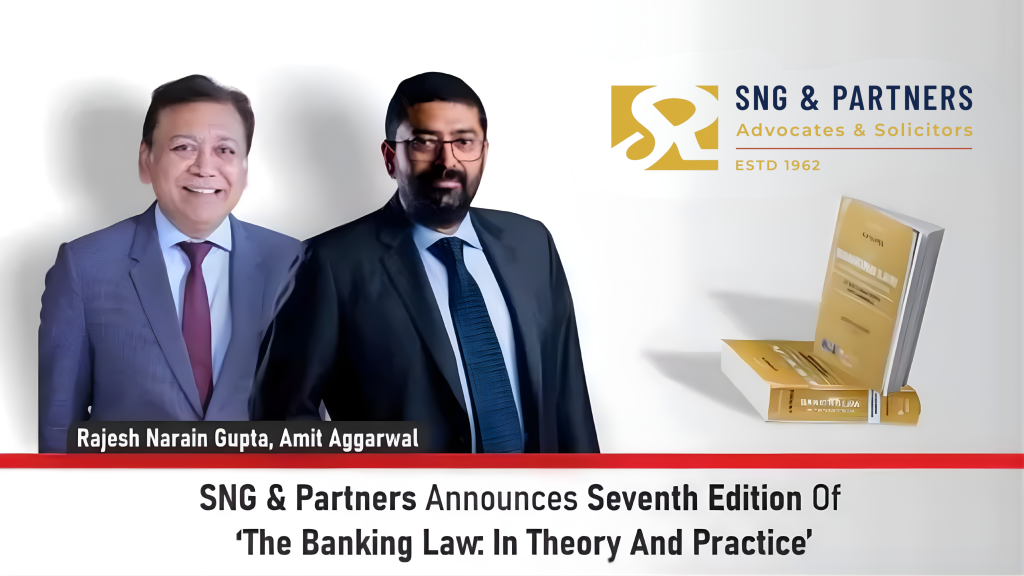The Insolvency and Bankruptcy Code, 2016 (IBC), has been severely tested on many fronts since its enactment. One concept that remains to be tested is the waterfall mechanism, or priority of payments, in the event of a liquidation. The waterfall mechanism provided under section 53 of the IBC is not a unique concept. The differential treatment prescribed for secured, unsecured and operational creditors, government dues and workmen’s dues in case of distribution of assets during liquidation under the Companies Act, 1956, and the IBC needs an overhaul.
The differential treatment has to be analysed in light of the Companies Act, 1956, because the winding-up provisions under the Companies Act, 2013, came into effect much after the enactment of IBC.
Secured creditors: Under the act, if secured creditors do not relinquish their security to the liquidator and chose to enforce it, the amount realized has to be applied rateably for the discharge of workmen’s dues as per section 529(1). For the unrealized portion, the secured creditor is ranked pari passu (on an equal footing) with the workmen’s dues as per section 529A and gets priority over all other creditors. If the secured creditor relinquishes its security, it will still be ranked pari passuwith workmen dues.
There has been a drastic change in sections 52 and 53 of the IBC with respect to the position of such secured creditors who choose to enforce their security outside liquidation. Under the IBC, the unrealized portion in such cases falls under clause (e) of section 53, where they are ranked pari passu with government dues, which falls much lower in priority, below unsecured financial creditors.
The hierarchy under the act and the IBC are not the same, which leaves the financial creditors with the choice of whether to relinquish their security and reap the benefits of higher priority under the distribution of assets or enforce their security and choose lower priority for any unrealized amount in the liquidation waterfall under the IBC.
Unsecured creditors: Under the act, unsecured creditors are ranked below government dues, but under the IBC, the creditors have been given priority. The Bankruptcy Law Reform Committee report provides substantiation for this: “The committee has recommended to keep the right of the central and state governments in the distribution waterfall in liquidation at a priority below unsecured financial creditors in addition to all kinds of secured creditors for promoting the availability of credit and developing a market for unsecured financing (including the development of bond markets). In the long run, this would increase the availability of finance, reduce the cost of capital, promote entrepreneurship and lead to faster economic growth.”
Operational creditors: Under the IBC, operational creditors are ranked much lower in the hierarchy when it comes to the liquidation of the corporate debtor’s assets. Putting them so low in the order may be questionable. An analogy can be drawn from the Binani Cements judgment (and more recently the Essar Steel judgment) of the National Company Law Appellate Tribunal, which held that the IBC provides protection to all stakeholders. Therefore, financial and operational creditors should be treated equally. This is a critical aspect that legislators should consider.
Workmen’s dues: Under the act, workmen dues are ranked the highest in priority for payment, however, under the IBC they are ranked the second highest below insolvency resolution process costs and liquidation costs. Another important point of difference is, in the act workmen dues are to be paid in full unless the assets are insufficient to meet them, in which case they shall abate in equal proportion. In the IBC, workmen dues are restricted to 24 months preceding the liquidation starting date. The question was whether provident fund dues will become part of the liquidation estate, as workmen’s dues include provident fund, which is restricted to be paid within 24 months under the code. This was answered by the National Company Law Tribunal in its judgment in Re Precision Fasteners Limited v EPFO, where it held that the entire amount of employee provident fund owed should be liquidated and paid to the employees and workers before paying other claimants under the distribution waterfall.
Although it appears that legislators have considered all aspects while designing the liquidation waterfall under the IBC, which has benefited secured creditors, legislators should give equal prominence to the interests of other stakeholders to achieve the objectives envisaged in the IBC.
SNG & Partners has offices in New Delhi, Mumbai and Singapore. Aditya Vikram Dua is a senior associate. Satish Anand Sharma is a senior associate and a qualified insolvency professional.



